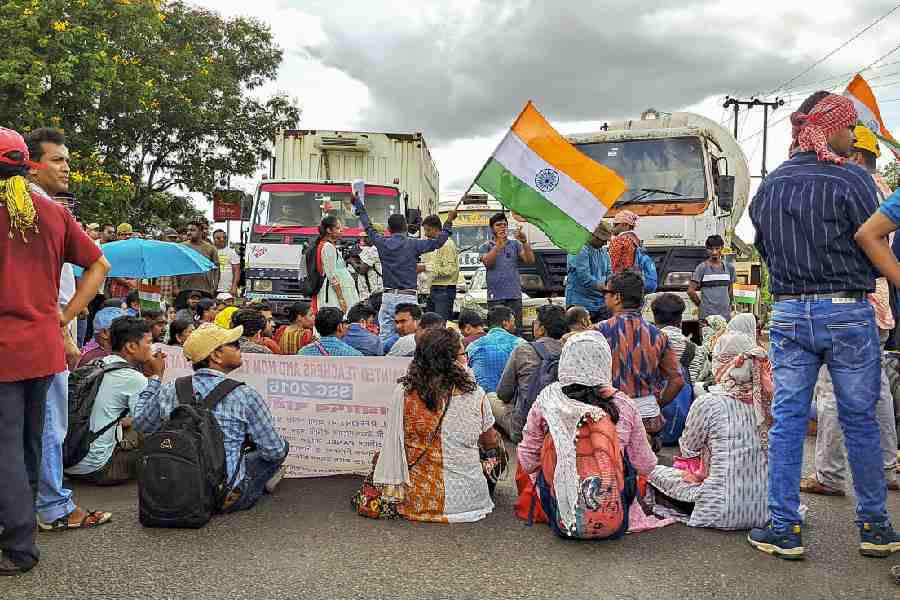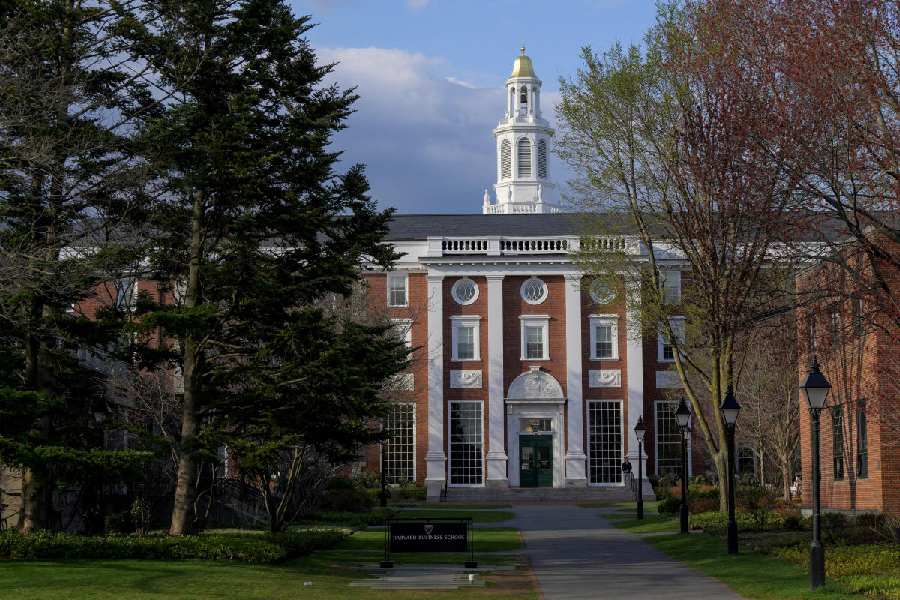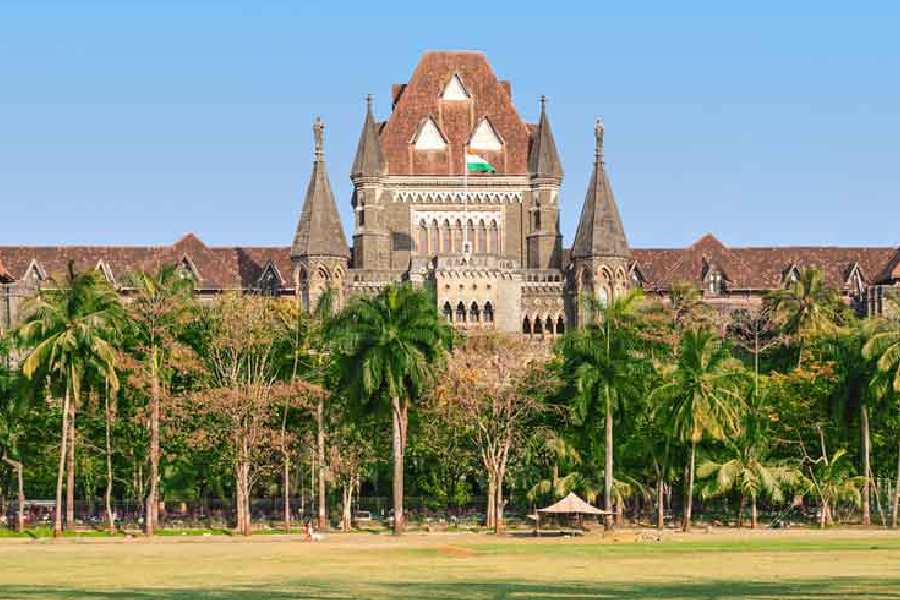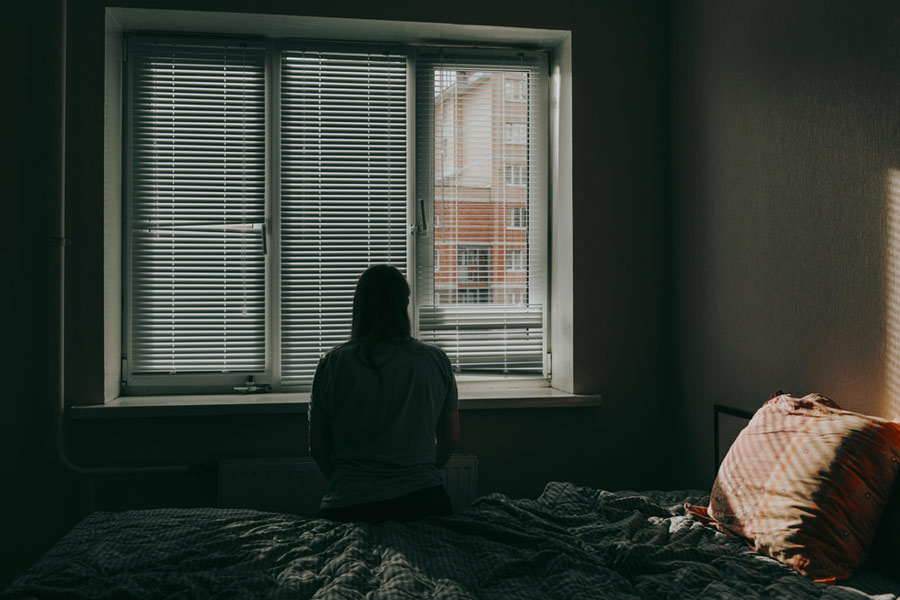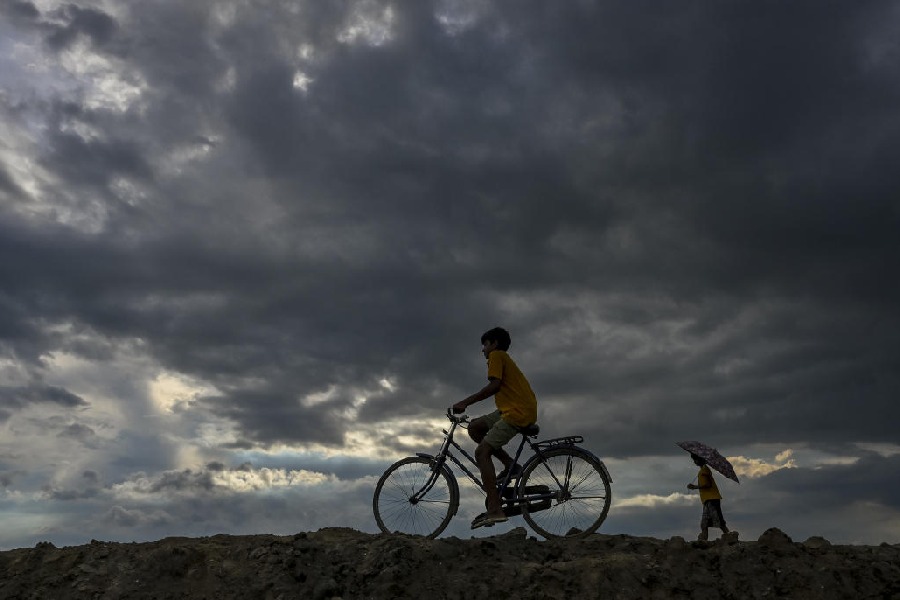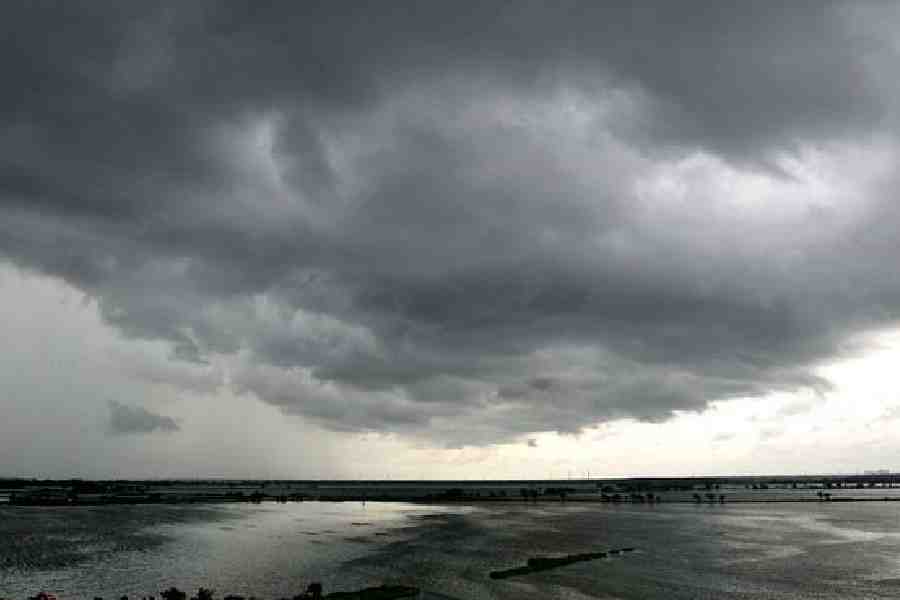 |
| Hemant Soren offers puja at Pahari Mandir in Ranchi on Monday. Picture by Hardeep Singh |
Three years from now, the Ranchi Hill — rising 659 metres above the sea level — may occupy a place of pride on the country’s religious tourism map.
Chief minister Hemant Soren on Monday laid the foundation of a Rs 8.5-crore temple complex atop the landmark, which already sees a steady stream of devotees for its more than century-old mandir dedicated to Pahari Baba, an indigenous avatar of Lord Shiva.
While the government will extend some financial support, a bulk of the estimated cost is likely to be collected from the faithful in the form of donations.
The proposed core temple complex will cover 1,000sqft and have enough room for a few hundred devotees at a time. It will comprise seven octagonal shrines. While the main sanctum, dedicated to Pahari Baba, will be 25-30ft in diameter, each of the other six will be 10ft around. They will be dedicated to Shiv Parivar, Durga, Ram Parivar, Nag Baba, Laddu Gopal and Hanumanji. Four big halls will come up at the landing before the peak.
One can climb the existing stairway to reach the temple complex, while a ramp is also under construction. While the stairs give direct access to the hilltop, the ramp will end 50ft below. An elevator will fill in the gap. Six outlets from the main temple will lead to the stairs and elevator-ramp to avoid stampede during rush hours.
Brij Bihari, who is co-ordinating the project with BIT engineers, said that besides the shrines, halls, lift and ramp, there will be a kitchen and a room for priests. “Once completed, it will be a big tourist draw in the country,” he added.
Hemant dubbed the occasion “a new beginning” for religious tourism in the state. “The government will extend all support for the project and ensure its completion on time,” he said.
Ranchi Hill, located in the heart of the capital, has a base sprawl of more than 26 acres. The Shiva temple, popularly known as Pahari Mandir, attracts thousands of tourists from different parts of the state throughout the year. The hilltop also offers a picturesque panorama of the city.
The hill is also steeped in history. More than a century ago, it was a part of the Palkot kingdom. In 1908, then Bristish Commissioner P. Thomson acquired it for a park. The king transferred the land to the government with the rider that the temple must not be disturbed.
The British used the hill to hang freedom fighters, earning it the unpleasant sobriquet of Phansi Tongri. Today, Pahari Mandir is one such temple in the country where the national Tricolour is hoisted every Republic Day and Independence Day.


